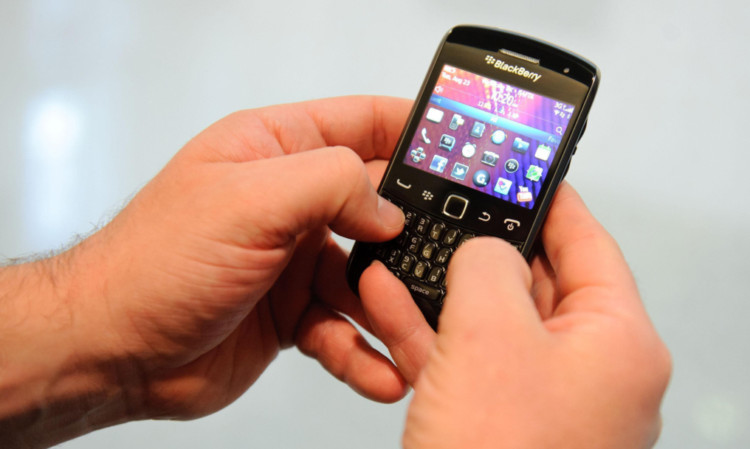Significant improvements need to be made to Scotland’s mobile phone coverage to meet the needs of customers, according to a new Scottish Government report.
The research found there is no mobile phone coverage across more than a quarter of Scotland’s geography.
The study of council areas showed more than half of Angus (50.3%), Perth and Kinross (60.2%) and Stirling (53.4%) do not have a 3G signal required for good mobile internet access, according to the Mobile Performance and Coverage in Scotland report.
These areas also struggle to get the poorer quality 2G signal 18% of Angus, 17% of Perth and Kinross and 15% of Stirling does not receive any phone reception at all.
Meanwhile, Dundee is the council area with the best mobile phone reception in Scotland, with just 0.6% not being able to get a 2G signal and 1.6% unable to get 3G.
And 3G is unavailable in 49.8% of Aberdeenshire, 7.4% of Fife, 11.3% in Clackmannanshire and 1.2% in Falkirk.
The report recommends that Scotland’s planning system is reviewed to ensure it does not unduly inhibit the roll-out of mobile networks, especially with 4G technology which will allow much faster data speeds starting to be introduced.
It also calls on the Government to engage with mobile network operators to look at alternative technologies to address performance issues.
More than 17 million samples of signal strength were taken across Scotland in a 12 month period to form the research. This included data collected by drive-by measures from Scottish Ambulance Service and ScotRail as well as members of the public and assessed by Edinburgh University.
The report noted that ‘not spots’ areas with no phone reception were found in urban as well as rural areas. A total of 2,552 not spots covering 352 postcodes were identified.
It states: “Not spots are generally found in areas where it is not commercially viable for the mobile network operators to provide their services, for example rural areas with scattered and remote premises.
“The results of this research, however, confirm that not spots are also frequently found in the urban environment.
“ScotRail research indicates that existing main rail routes have many sections of restricted coverage while comprehensive data provided by Scottish Ambulance Service has indicated that most of the main arterial roads have at least reasonable coverage.
“Country roads (A 3-digit and B roads), however, are similar to many of the rail routes with recorded not spots of both 2G and 3G, and the high probability that a call will cut out more than once during the journey.”
Difficulties in obtaining planning permission for mobile masts was cited as a contributory factor to the patchy coverage in cities.
